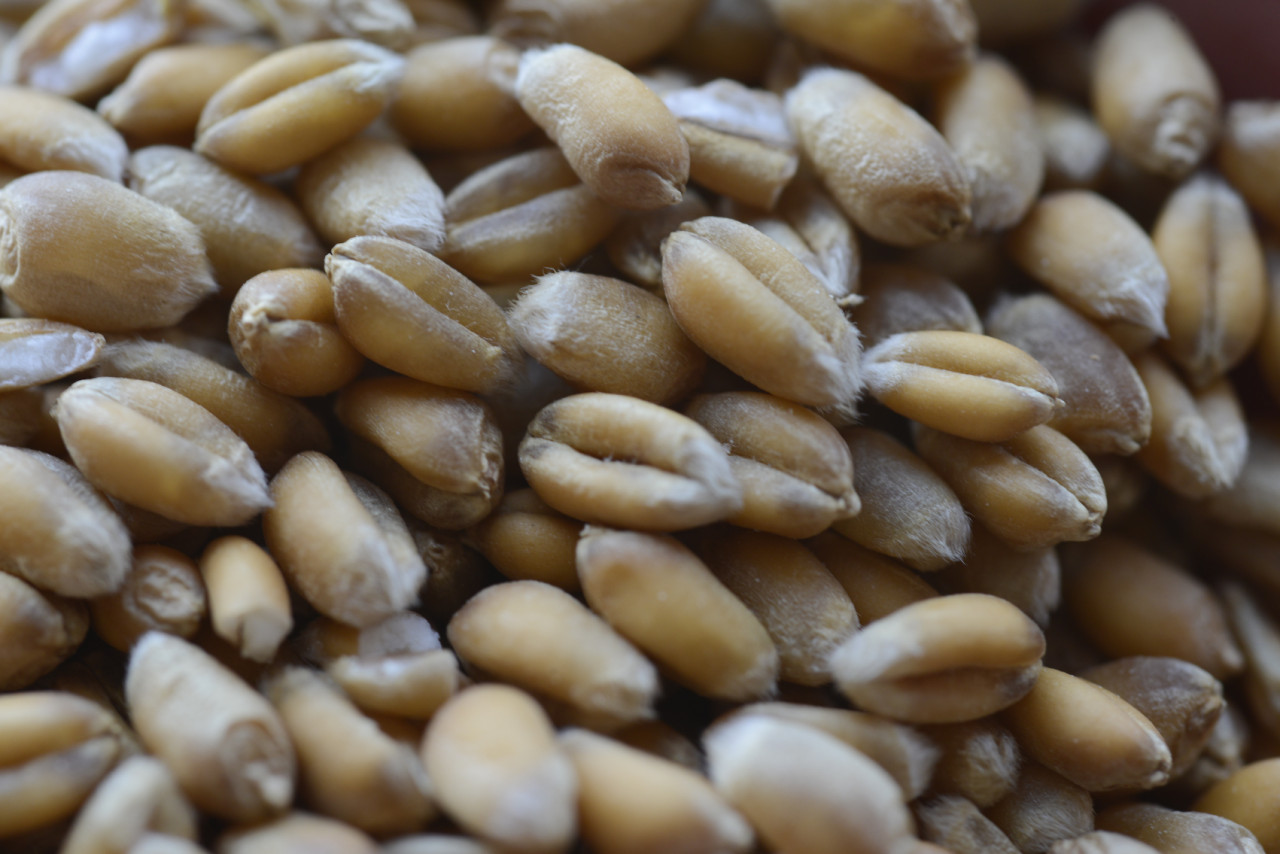The importance of grain store management
This year we've seen an elevated amount of storage challenges across the industry, a problem faced by both farmers and professional stores alike.
The extreme weather conditions last harvest meant that most crops went into stores without needing to be dried, with some farmers combining crops at night in a bid to avoid the intense heat and elevate moisture content.
For many this led to crops being placed in store at high temperatures, with variable quality and levels of moisture and admix. For storekeepers, this meant that bringing the bulks down in a quick, efficient and consistent manner also put a strain on store equipment.
In contrast to last year, this season we've seen one of the wettest Julys on record so the importance of good storage solutions and monitoring of grain is even greater. The goal is to ensure that any issues with bulks are spotted quickly and can be dealt with promptly.
How to prepare and manage your store
Preparation between 2022 and 2023 bulks has required a much bigger focus this year. Just like creating a stale seedbed to give a crop a good start, the need to ensure your store is cleaned down and the fabric treated with a store treatment is key to safeguarding quality. You invest a lot during the autumn and spring to give your crop the best chance of maximising yield potential and to see it compromised by poor storage conditions is akin to building a house but forgetting to put the roof on.
As we know, harvest has been quite a stop-start affair this year due to the wet weather. While this poses some issues, when the combine isn't rolling it can be a good opportunity to check again that your grain store is suitably prepped for intake.
Paul Fogg, Frontier's crop production technical lead, previously wrote this blog about how best to prepare your grain store before harvest. In it he highlights the importance of pest and rodent control, as well as how you can work towards a good store hygiene plan. Key reminders include:
- Cleaning down the store should happen as early as possible – up to two months before storage. Any treatments should have been done six weeks before harvest to target pests at every stage of their lifecycle
- Cleaning and treatments should be thorough so that cracks, crevices and roof spaces which harbour pests aren't missed
- Monitor for pests before and throughout the grain storage period – it's much easier to stop them before they take hold
- Ensure that any insecticide is applied according to the label. Inaccurate applications are linked with increasing incidences of resistance and simply won't work the way they should. You can seek guidance on treatments and product use from your BASIS-qualified agronomist.
Once you're happy with how you've prepared your grain store, it all comes down to maintaining it. I wrote a previous blog about how we at Frontier approach storage and the steps involved to ensure grain is handled and stored in a safe and professional manner. I recommend you follow similar methods as it'll allow you to meet any requirements that the government or authority regulators have in place. You can read it here.
If you don't have space for your grain, we can help you
Frontier is the UK's largest grain storekeeper, with 80% of arable farmers located within 20 miles of a Frontier storage facility. We have a network of 54 locations nationwide with capacity to store a range of commodities and can offer you a variety of marketing options and movement solutions.
If you are looking for additional grain storage this season, we can help you find the right solution for your farm business. Find out more here.
Grain sampling
Self-sampling your grain is the best way to get a sound understanding of what is in your store and therefore how best to market it. Taking incremental samples from each load as it comes into your store or off the drier is the safest, most efficient and accurate method.
If you're using one of our grain stores, we conduct an industry-approved method to ensure that a fair sample is taken from each lorry on the weighbridge. This helps to form representative samples, which our sampling teams can then collect and take for analysis.
Once grain sample results become available, they can be accessed via our online platform, MyFarm, which is free to all Frontier customers.
Protecting the quality of your grain
In agriculture I think we can all agree no two seasons are the same and that's certainly been demonstrated this harvest period. While last year saw blazing sun and high temperatures, this year has many farms in an almost polar opposite situation thanks to the spell of continuous rainfall and mild temperatures across the country. Importantly though, although completely different, both scenarios pose equally difficult challenges. It's important to consider whether your grain storage solutions are adequate – have you done everything you needed to do to ensure the quality of your product? Could you benefit from additional support and storage solutions?
I hope that the guidance set out in this blog is useful for helping you ensure that the grain you worked so hard to produce is stored safely and is protected from the conditions we can't control.
For more advice on how to safely store your grain or if you're looking for additional storage, please speak to your local Frontier contact. Alternatively, you can get in touch.
As a subscriber, you’ll receive email alerts each time a new blog is published so you can always stay updated with the latest advice and insights from our experts






Comments